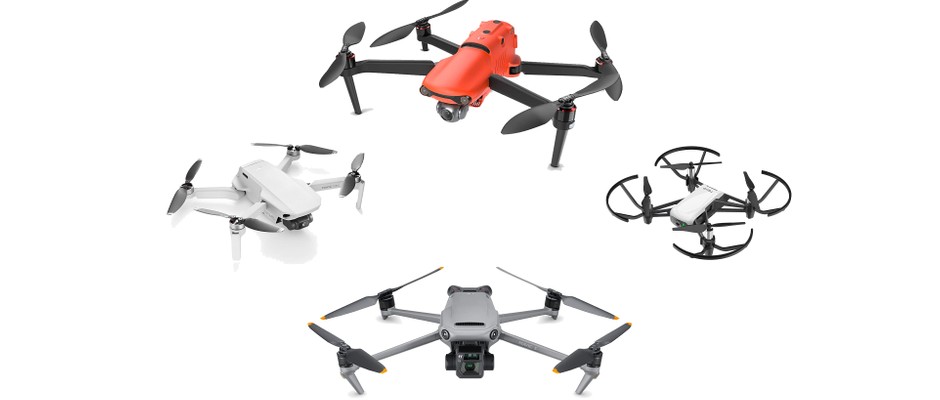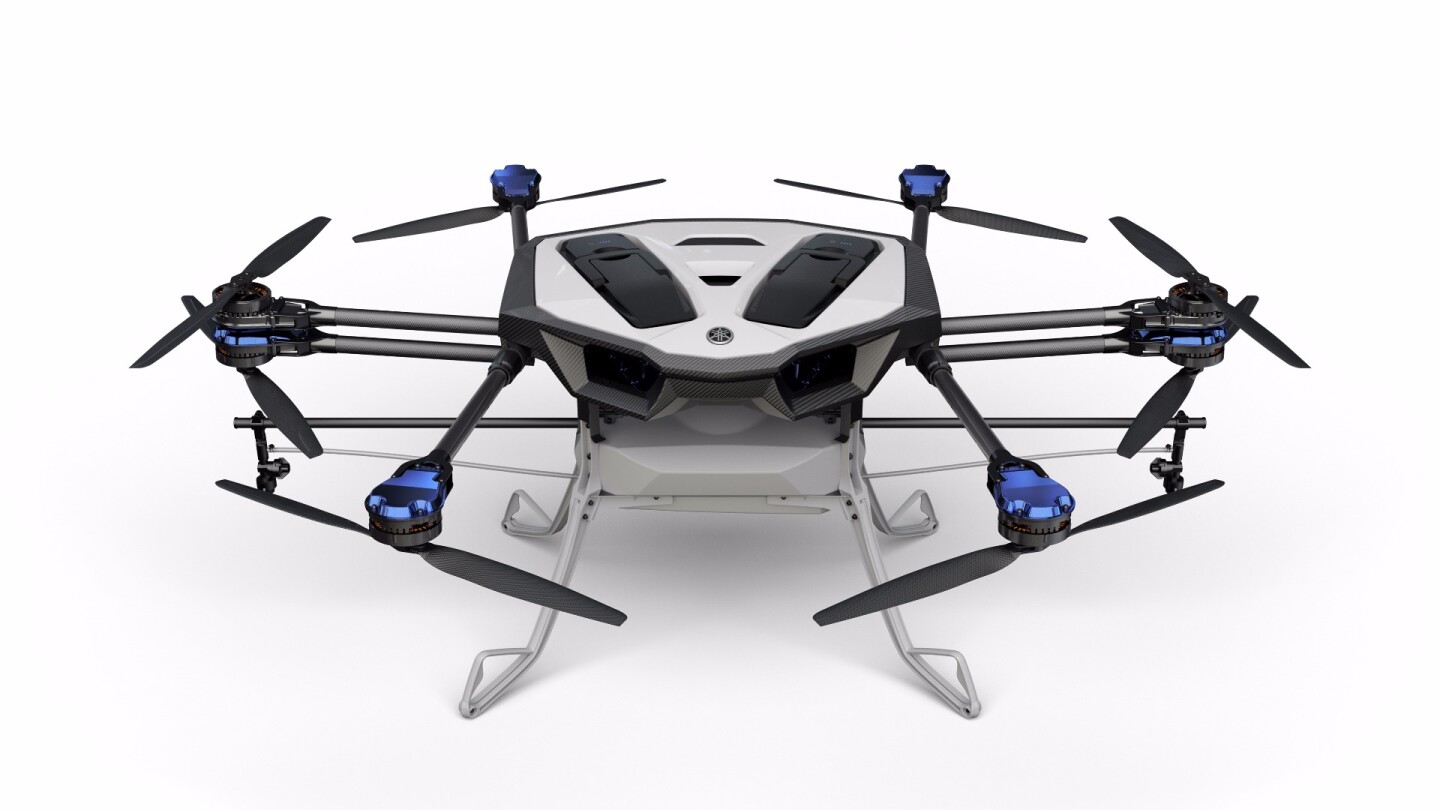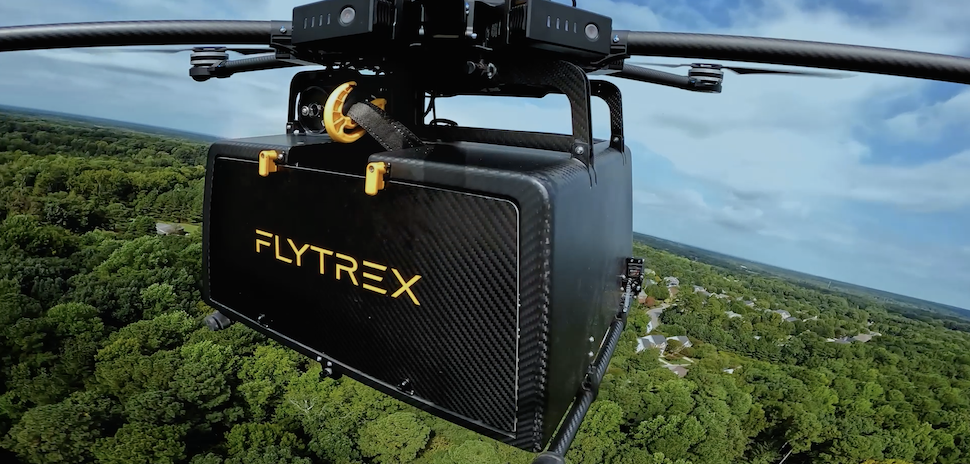
Drones are an affordable and simple-to-deploy option for farmers looking to capture aerial footage. Commercial-grade drones are equipped with several cameras and sensors. These sensors can give farmers accurate data which can help them identify potential problems and fix them before they cause damage. Drones also offer a number of advantages, including their portability and ease-of-use. A drone can be deployed quickly and easily to any farm or ranch.
Long flight duration
If you're looking to purchase a drone to help with your farming business, a long flight time will be a key feature. You'll want a drone that can fly for an hour or longer so you can get a detailed picture of your crops. A fixed-wing drone is best if you plan to map large areas. A drone that can inspect multiple fields at the same time is ideal for agricultural purposes, because it can fly for long periods of time.
Durability
Identification of crop diseases is one step towards establishing the agricultural benefits from drones. A lack of history and development in agricultural farming is a major problem. Drones can identify crop problems and offer solutions that save time, money, and labor. In addition, drones help mitigate pollution from pesticides and industrial fertilizer. Drones are able to spray chemicals precisely where they're needed, which can help reduce agricultural runoff. This article examines drones' advantages and limitations in agriculture.

SenseFly eBeeX
The SenseFly eBeeX drones for agriculture can be used to assist farmers in many tasks such as mapping drains and identifying issues with irrigation lines. The dual-purpose RGB/multispectral imaging camera rigs in the drones can help farmers determine if their irrigation lines are operating properly, and also assess crop vigor. These drones can also be used for identifying weed infestations, and other ground issues.
XPlanet crop spraying drone
XPlanet manufactures agricultural UAVs. They use RTK technology to precisely spray a particular crop. The drones are made to withstand adverse weather conditions and have an IP65 rating. Their propellers provide a strong downward draft to reduce drift and help ensure more effective chemical applications. These drones can cover 18 hectares per hour, and use a peristaltic to evenly apply liquids on the crops. They can also be fitted with a JetSeed granule spreader, allowing farmers to apply fertiliser and seeds without the risk of damage to the soil.
Parrot Sequoia+
The Parrot Sequoia+ is a new crop monitoring drone designed specifically for agriculture. The multispectral sensor, which is cost-effective and affordable, captures data from four bands of light to provide accurate assessment of crop health and conditions. It can be installed on nearly any unmanned aerial vehicle, such as a chopper or a farm tractor. Here are some features of the new drone:

DJI Matrice 100
A DJI Matrice 100 drone is an ideal tool for agricultural applications. The quad-battery system of the DJI Matrice 100 drone allows for extended flight time of up to 40 min and is compatible, with or without, more than one sensor. The drone can be controlled remotely, making it an ideal tool for farmers. The app includes specialized algorithms that assist farmers in analysing aerial images. It can also be used to monitor the drone's health or take emergency action. A DJI Matrice100 drone can also be controlled using a mobile app.
FAQ
Do I need special training to fly a drone?
You don't require any special training to fly your drone. You just need a remote-control unit and basic knowledge in flight mechanics.
What are the laws around flying drones?
In the United States, the Federal Aviation Administration (FAA) regulates all aspects of drone operations. A certificate issued by the FAA is required to commercially operate a drone. After that, you must pass an exam and complete a course to learn piloting skills. You will then need to pay an agency fee.
Are you interested in flying with a drone while on the road?
Drones are becoming increasingly popular for both personal use and commercial purposes. They are used for video, filming aerial mapping, search &rescue, and many other purposes. Recent regulations regarding drones have been approved by FAA. They include new requirements for registration and licensing, pilot training, insurance, and other requirements. These modifications will ensure that drones remain safe and secure for all involved.
Where can a drone be purchased?
Many drones can be purchased online. Some people prefer buying their drones through Amazon, eBay, or Walmart. Others prefer to purchase their drones directly at the manufacturer.
Can my drone be flown around my neighbourhood?
Yes! These are called UAVs (unmanned aircraft vehicles). There are many options for drones, from small quadcopters to larger fixed-wing aircraft. The FAA recently updated its rules regarding commercial UAV use. You can now legally fly them to business purposes. You should be aware, however, that UAVs flying near airports can cause interference with air traffic control systems. To operate one, you will need to obtain permission from the local authorities.
Can I fly my drone indoors
Yes, it is possible to fly your drone indoors. You just have to ensure no obstacles or hazards inside your home. You should not fly near windows, doors or heating vents.
Statistics
- With the top 10% making over $100/h and the bottom 10% making as low as $10/h. (dronesgator.com)
- Research and Markets predict a growth rate of 51.1% over the next five years. (thedroneu.com)
- According to the multiple listing service (MLS), houses and apartments with drone photographs are up to 68 percent more likely to sell than those without pictures. (thedroneu.com)
External Links
How To
How to Fly Drones at a Beginning Level
A drone can be used to fly remotely controlled aircraft for photography, surveillance, scientific research, hobby and commercial purposes. Drones are a technology that has been around since World War II. DJI's Phantom series quadcopters were first commercially available in 2010. Many types of drones have been made available since then, from beginner-friendly models such as the Parrot AR Drone 2.0, to high-end multi-rotor craft such as the DJI Mavic Pro.
You can fly a drone in many different ways, including:
-
Remote control – This technique uses a control device attached directly to your hands that allows you steer the drone around its flight path. There are two main types for controllers: Joysticks or On/Off switches, which can be used to control the drone's flight path.
-
Manual Control – This method lets users remotely control the drone by using a smartphone app. The app will provide instructions and help you to locate the drone.
-
Autonomous Flight – This is when the drone handles all the piloting tasks. It's basically flying autonomously without any human intervention. To enable autonomous flight, the drone should have a built in camera and sensors capable recording images and data.
-
Triggered Flying - This method works in the same way as manual control. However, the pilot has to manually set up a route for the drone and it follows that route until reaching the endpoint. Once the programmed route is completed, the drone lands automatically and returns back to the base.
-
Landing Gear- Some drones include landing gear that allows for safe landing if the power goes out or they run out of batteries.
-
Goggles – Pilots often wear goggles while flying to keep themselves safe from any debris.
-
Camera - Some drones are equipped with cameras allowing you to capture photos and videos from above.
-
Obstacles. Some drones can have obstacle avoidance technology that stops them from hitting obstacles.
-
Speed - Some drones can travel at speeds over 40 mph.
-
Battery Life: Most drones have a battery life of between 20 and 30 minutes depending on how many power sources you use.
-
Range - Depending on the model, some drones can travel up to 30 miles away.
-
Power source – Some drones require external power sources, others require internal batteries.
-
Weight – Some drones are less than one pound, while other models can be up to four pounds.
-
Size - From small drones that can be carried in the palm of one's hand to larger drones that weigh over 50 pounds, drones come in a variety of sizes.
-
Price - Drones come in a variety of price categories, including high-end models which can run into the thousands and low-cost options that can start at $100.